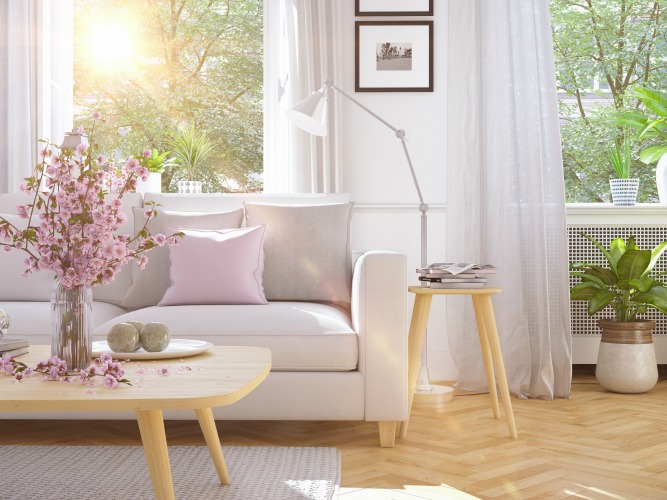
I have a fascination with the way homes “feel”. The saying “if those walls could talk” to me is actually a reality. Subconsciously when we enter a room or a home we feel a certain way. A current expression used on social media “all the feels” is applied to when a home feels, looks, smells and evokes a sense of beauty.
I always ask Styling Clients to tell me about their childhood home. If it was a much loved childhood and home, generally we tend to want to carry that emotion through to our adult homes. Colours, light and moods are replicated or yearned for, if not. When I am working with couples I get them to accept how their different backgrounds may be the reason behind the desire for differing interior styles. Aside from the fact, that 99.9% of the time, females win 🙂 , it helps to understand emotion and psychology around all parties regarding the design of a home.
Conversely, if a childhood was spent unhappily in the home of hoarders, clients tend to go the other way and choose minimal, modern spaces with virtually non existent clutter and develop an almost obsessive attention to cleanliness.
I can’t count how many clients who, after putting their house on the market, decluttering and refreshing the look of the home say something along the lines of “Oh I don’t even want to sell now!” Or “I had no idea how much of difference doing this makes me feel”.
When potential purchasers or tenants enter your home you want them to feel warm, uplifted, excited and motivated. But also calm.
Light and space play a huge role in influencing the subconscious mind of buyers. As does colour.
Light
How homes are lit is vital to the whole ambiance of the project or space. The best lighting source is the sun, so the number and size of the windows in the room can boost one’s happiness or increase sadness and enhance anxiety. According to a “Psychology Today” 2002 study, the presence of daylight was one of the most important factors in increasing sales volume. Sunlight also has an effect on mood and energy levels.
Clutter
Space is major factor of interior design that can affect our subconscious. Cluttered spaces feel smaller. They can produce feelings of stress and reduce work capacity. Removing unnecessary objects from a space and opting for furniture with clean lines and neutral tones can transform the mood of a room and those in it. Choose and chuck. Two gorgeous coffee table books are a lot more appealing than 20. Children’s drawings all over the fridge are cute, but not great in photography shoots or for Open Homes. If Aunty Mabel’s antique collection of spoons, still holds appeal, perhaps just put it away, not on show.
Colour
Life experience, again, dictates how we all feel about colour. But, as a general rule, there are some colours that seem to have a universal impact, either consciously or unconsciously. Stylists and decorators use this to enhance and improve homes.
Red, for example, stimulates and excites. It can be warm and inviting but it can also make you feel restless and hot. Try not to use too much.
Too much yellow is also over stimulating. But, used in small amounts, it evokes happiness and a feeling of health and prosperity.
Blue is one of my favourite colours to use in the home and has been proven to affect the human mind profoundly. It instills a sense of serenity and calm, which is why it is often used in bedrooms and bathrooms – our escape spaces. Best not to go overboard with it though as it will have the opposite affect.
Green is the colour of nature and has the power to make us feel healthy and alive. It’s cool and friendly. Plants with healthy, green leaves are the perfect accoutrement as they provide natural energy and colour splashes to energise and sooth at the same time.
And then there is white….. Cool, clean, crisp, glorious white. This colour comes in various hues and is a good canvas to add touches of almost every other colour in the spectrum. It also has the ability to make a space look bigger. Just be careful with overuse, creating a sterile, disinfected environment. I have never met anyone who has asked for their home to feel like a hospital. And there’s a reason why hospital rooms are so much more cheerful when they are filled with flowers.

